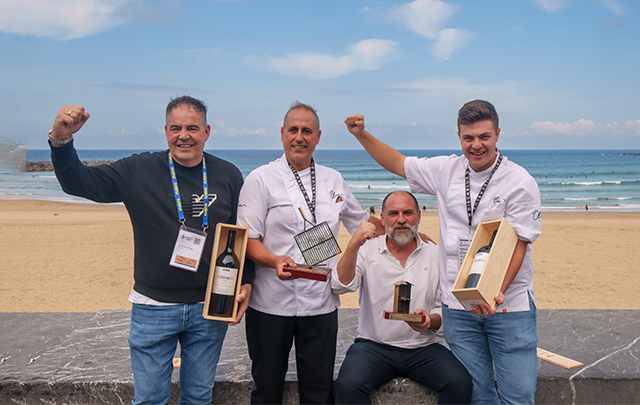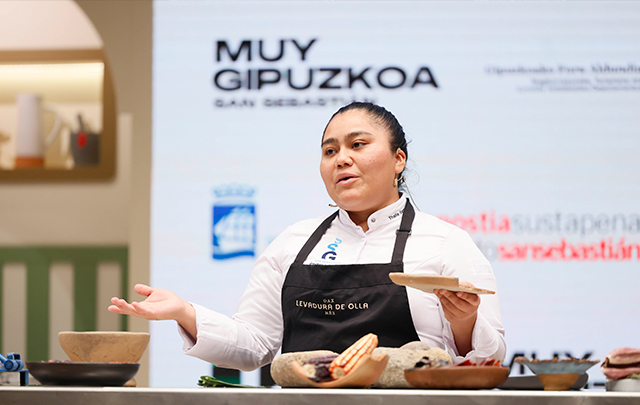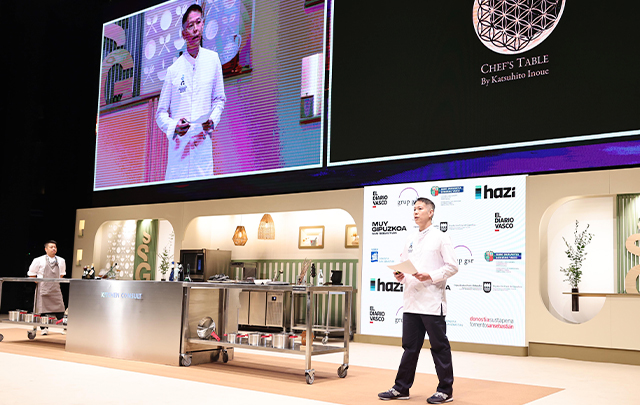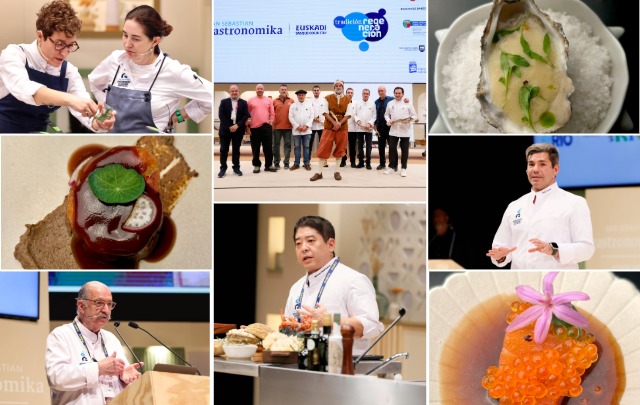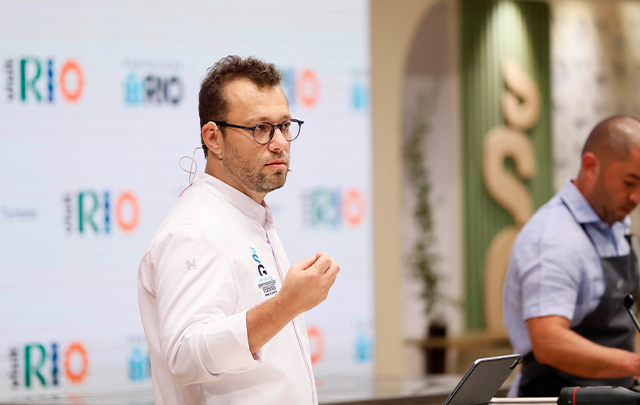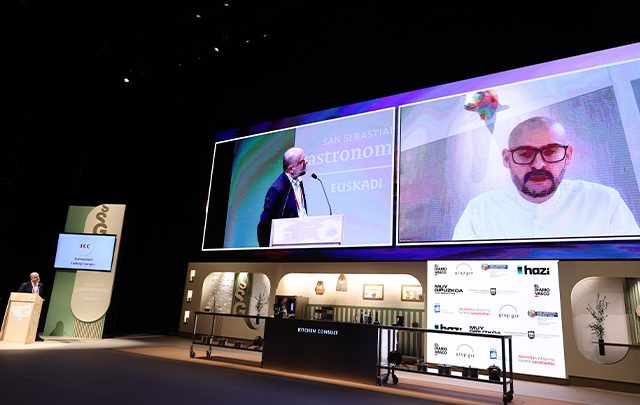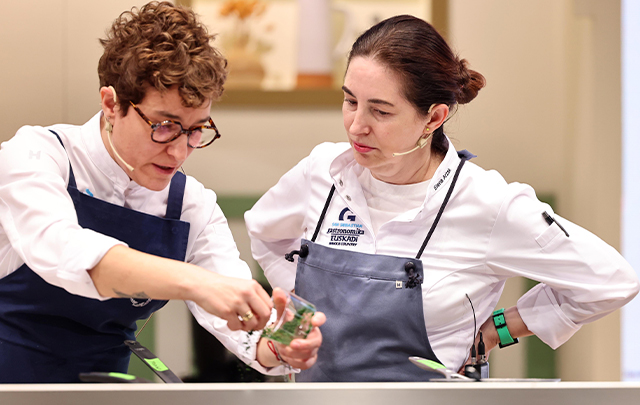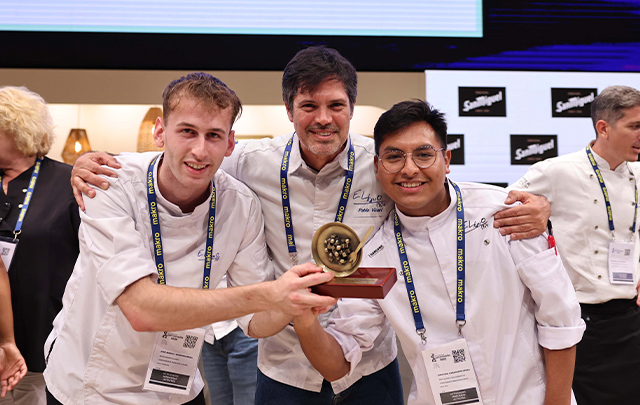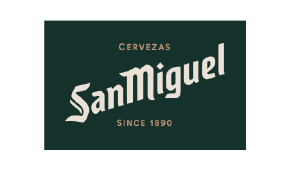News
Viviana Varese's aristocratic cuisine
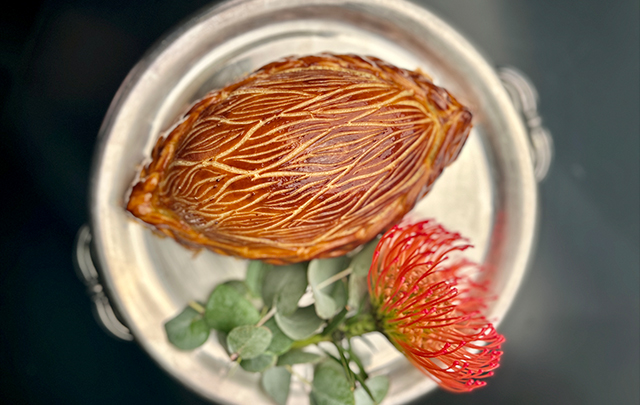
The Italian chef shares her unique interpretation of 18^(th)-century haute cuisine at Gastronomika
Among her many projects, she has run the restaurant at the refined luxury hotel Passalacqua on the shores of Lake Como since 2024. There, she aims to revive old recipes of the nobility, ranging from French grandeur to Sicilian monsù. Three centuries of culinary tradition have been subjected to rigorous research. "It has been quite a challenge, as that cuisine is diametrically opposed to my avant-garde approach," she explained.
Viviana's journey into the past began when she arrived at the spectacular palace that houses the hotel, where the great Bellini composed his works. I thought, 'How did the composer eat at that time?'" she reveals. This led her to research the kitchens of 17th-century aristocrats, revealing a cuisine that was very globalised, as chefs travelled to the great houses throughout Europe, leading to a significant transfer of ingredients and knowledge.
Viviana has even gone back to the 16^(th) century to celebrate Catherine de Medici, an Italian noblewoman who came to reign in France. History credits her with popularising numerous Italian recipes at her court, which have become essential dishes of French haute cuisine. ‘Catherine sought not only to satisfy hunger, but also to create a beautiful dining experience. In addition to innovating in the kitchen, she introduced improvements such as separating sweet and savoury dishes,’ Viviana added.
Passalaqua's banquets
Even Gastronomika's kitchen has created three striking dishes to adorn the tables of his restaurant, showcasing the classic rococo style of those centuries. The first is a red and green tomato aspic made with tomato-infused water from Sicily, 'in homage to Bellini, one of his most illustrious neighbours', and thickened with gelatine in a circular mould with a space in the centre. The chef added stracciatella to give the dish a sweet and creamy touch, along with a few drops of olive oil. He then topped it with a tomato and basil sorbet and a few mint leaves, inspired by the legendary Caprese salad.
The second dish was inspired by the traditional timbale dishes of that period, which were typically filled with pasta or rice. This time, he made a miniature version, covering the bottom of a circular mould with cooked bucatini (a pasta similar to spaghetti, but thicker) and filling it with a ragù of various meats that is cooked at home for 24 hours over a very low heat, mixed with chopped bucatini. He then covered it with a lid made from the same pasta. After baking for eight minutes, he served it with a concentrated ragù sauce that was so thick it resembled the blood of San Gennaro, the patron saint of Naples. To finish the exhibition, he presented a Pithiviers filled with duck breast and grilled foie gras, wrapped in duck cream and cabbage leaves and encased in a highly decorated puff pastry. This was served with a salad of sprouts and fresh orange in honour of the traditional duck à l'orange recipe.



